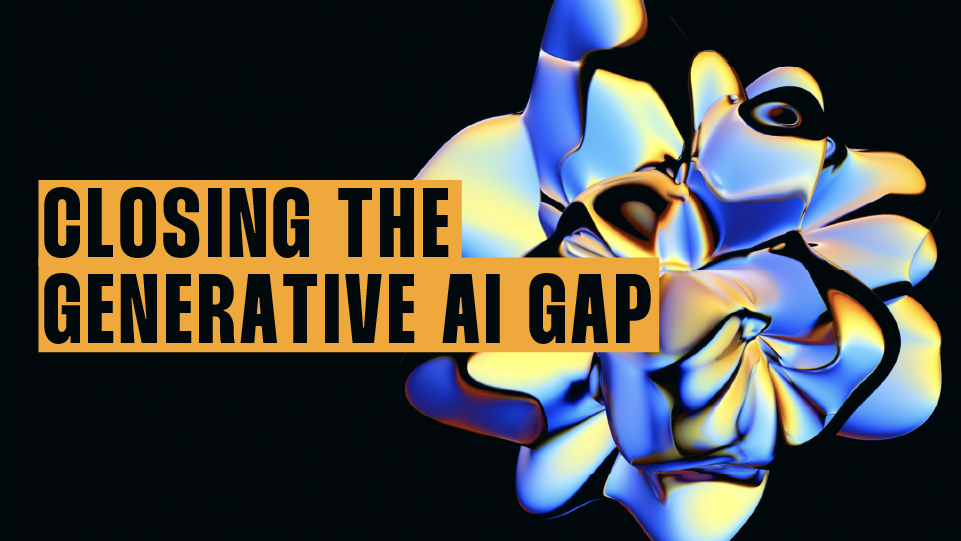2025 is being called a transitional year for generative AI, as businesses and governments work to address energy demands, ethical concerns, and uneven adoption

What’s happening
Deloitte’s Global TMT Predictions 2025 report describes this year as a transitional or “gap year” for generative AI and the broader tech, media, and telecom sectors. The excitement around generative AI remains high, but implementation challenges are slowing full adoption.
Key challenges holding AI back
What this means for businesses
A recent survey of over 400 CIOs found that 76% view generative AI as critical for improving operations and creating new products. However, trust remains low among consumers. Fewer than half of people feel confident in AI-generated content, and many are calling for clearer labels and transparency.
The bottom line
2025 is not the year of peak generative AI growth. It is a year of preparation. Companies are working through infrastructure, regulation, ethics, and trust challenges. Those who build strong foundations now will be better positioned for the next phase of AI evolution in the coming years.